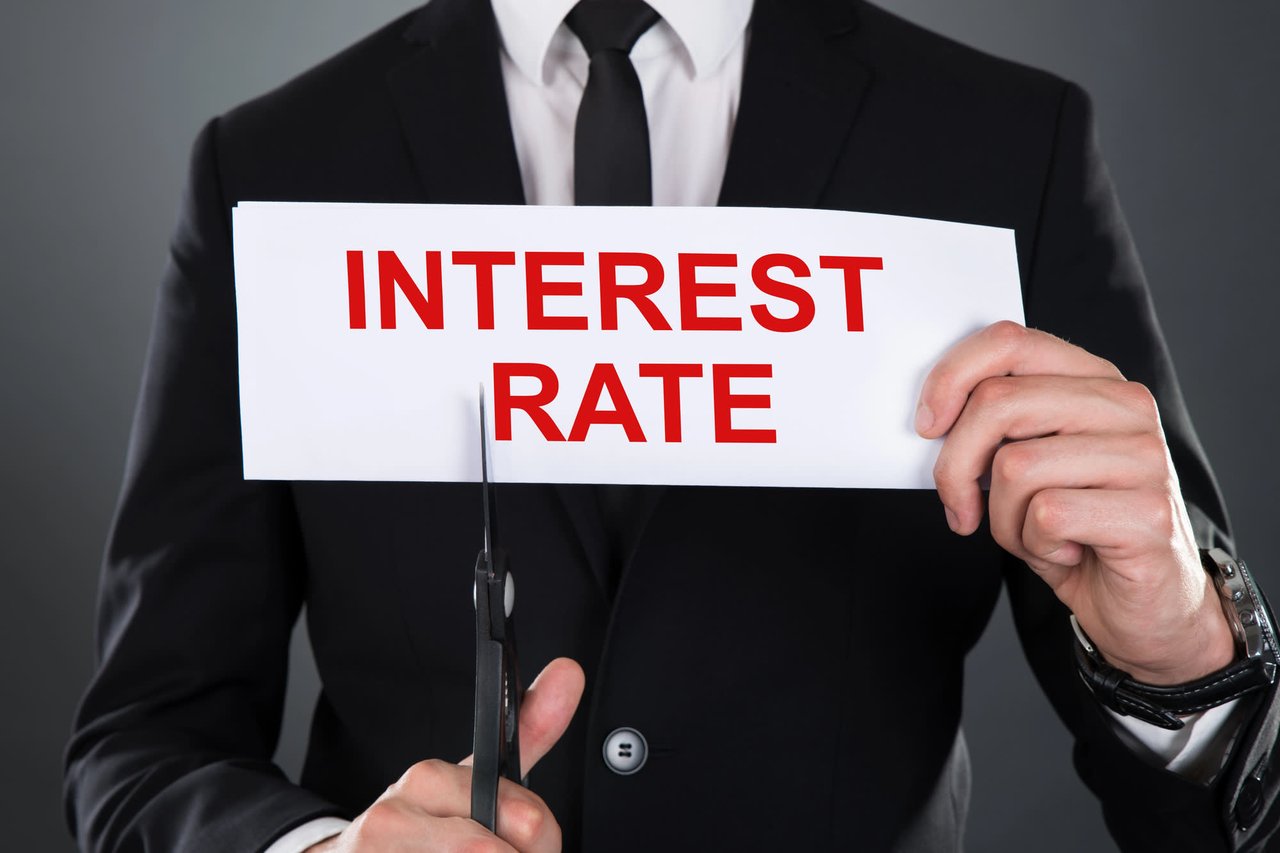The New York City real estate market has faced many challenges over the past 2 years, with increasing interest rates by far having the most significant impact. With the recent 50 basis point rate cut, we are transitioning into a new phase marked by the Fed’s promise of additional cuts. It’s important for prospective buyers and sellers to understand how these changes may impact the market in the fall and upcoming spring seasons.
The Rise of Interest Rates: A Market Slowdown
The Manhattan real estate market began to shift dramatically in March 2022 when interest rates, which had been at historic lows during the pandemic, started to rise. The steady increases were shocking to the market as buyers had lived with several years of low rates, spurring record real estate activity in Manhattan throughout 2021 and the first quarter of 2022. The Federal Reserve's aggressive stance to combat soaring inflation led to mortgage rates climbing as high as 7.79% in the last year. This spike had a significant cooling effect on the market, reducing affordability and decreasing buyer activity.
Immediate Effects of the September Rate Cut
Anticipating the cut in September, mortgage rates did begin to come slightly down this summer. As expected, a half-percentage-point cut was announced on September 18, indicating the Federal Reserve's belief that inflation is under control and that it’s time to support the job market. The cut was an important signal from the Fed that inflation, which at its post-pandemic peak was 9.1%, has come down closer to its target rate of 2%.
The immediate impact of their announcement caused the average interest rate for 30-year fixed mortgages to drop to 6.09%, their lowest point since February 2023, and down from 7.19% just a year ago.
At the beginning of 2024, forecasters predicted rate cuts that didn’t come to fruition, but just anticipating those changes sparked an uptick in sales activity in January and February before pulling back in March. This is encouraging for both buyers and sellers and bodes well for the months ahead. The cuts will certainly result in increased sales as many prospective buyers and sellers have been waiting for this interest cut announcement. Both sides know that as rates go down, prices may rise. This fact alone may spur buyers to purchase in the Fall because of the potentially closing window of opportunity.
However, it is important to note that rates are still approximately double what they were during the peak of the pandemic, which may still cause some buyers to wait for further cuts in the immediate term. While we certainly expect increased sales, it is evident that a “frenzy” of sales may not materialize given some buyer’s hesitancy and anxiety around the upcoming presidential election.
The market typically starts to pick up in mid-October, and due to the recent decrease in rates and pent-up demand, there is potential for a strong fall market.
What Lies Ahead: A Year of Potential Growth
Looking ahead, the landscape will likely become more favorable for buyers and sellers. As the market adjusts to the lower rates, we might see:
- Increased Home Sales: While not a dramatic boom, a gradual uptick in sales is expected as buyers who were sidelined by high rates re-enter the market. Many have been waiting for the right moment, and the recent cuts may catalyze their decision to buy.
- Rising Prices: The influx of buyers could create more competition, potentially driving prices up. This scenario underscores the importance for buyers to act strategically and consider timing their purchases.
- Inventory Trends: An increase in listings is anticipated, though it may not surge dramatically. Sellers might start to capitalize now, especially if they perceive the market is turning in their favor.
- Rental Market Dynamics: Lower mortgage rates may encourage renters to transition into homeownership, which could alleviate some of the pressure on record-high rents.
Conclusion
While the recent interest rate cuts may not yield immediate, explosive growth in the NYC real estate market, they set the stage for a more vibrant market in the coming months. Notably, the financial market in 2024 has also been an exceptional year. The S&P 500 has surged over 20% since January, the Nasdaq Composite has climbed 22%, and the Dow Jones Industrial Average has increased by 11%.
We are happy to help you understand the benefits of listing now or waiting until spring, which is the next strong selling cycle from February through May. So, if you are thinking of selling in the spring, now could be an opportune time to begin the process, gain an understanding of your home’s current value and prepare your apartment for sale.


